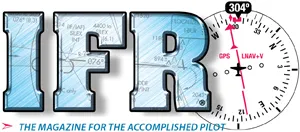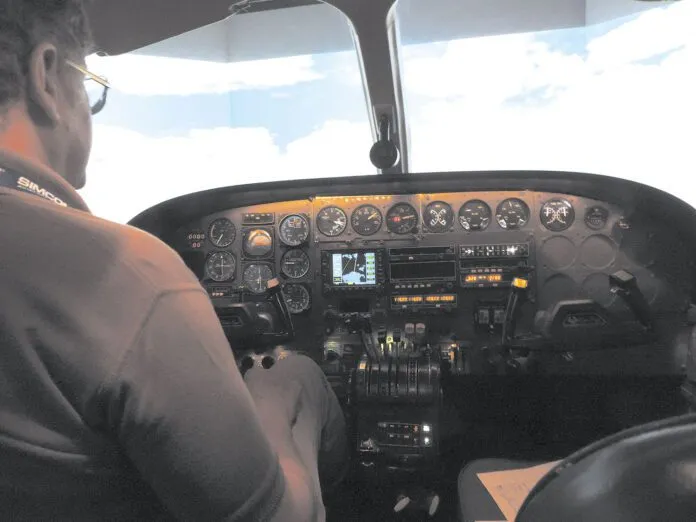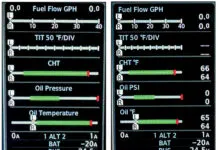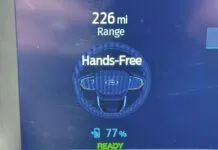Staying proficient, or getting there if you’re not proficient, has long been a challenge for the typical general-aviation pilot. Of course, a proficient pilot is much more likely to be a safe pilot than the pilot who’s rusty.
We’ve long claimed that there’s a significant difference between legal currency and proficiency. That’s unchanged. If anything, the difference has grown, driven by the advanced avionics and systems we increasingly find in our planes today. So, let’s agree that proficiency—including with the avionics—is the goal and hope that legal currency will come with it.
But proficiency is highly perishable. It doesn’t matter what your background or how proficient you might be, if you lay off flying for a period of time, proficiency fades.
For example, after I retired from “flying the line” I got into a GA sim and hand flew approaches to minimums with raw data (not using the flight director) all within about half a dot on the HSI. I was proficient after spending years flying perhaps 60 hours a month with regular training—in a sim.
But, if I tried that same exercise today I might find a needle pegged at one point and the rest of my performance might be as good as to keep the needles perhaps half scale. Is that proficient? Well, not by comparison.
But, is it safe? One simulator instructor once told me that while my proficiency wasn’t up to par, I didn’t do anything dangerous, meaning I didn’t come close to hitting anything. Okay, that’s one definition of safe. I prefer one that has some correlation with at least moderate proficiency.
Okay, back to the use of sims in a proficiency program. The best sims are amazing machines. For instance, at the airline, I took all my ATP training and even the checkride in a simulator. But, the sims we used were full-motion, Level D Full Flight Simulators that precisely duplicated the cockpits and behavior of the actual aircraft.
No such sim exists for the Cessna 340 I fly today. If it did, I couldn’t afford it anyway. Approved simulators available for GA have progressed from early clumsy analog devices with no outside visuals to systems today that have stunning visuals, accurate flight dynamics, and even an ability to mimic a few of our digital avionics, but they rarely emulate any particular airplane type or cockpit—a complaint I’ve expressed often on these pages.
Although it is legal for me to use a round-dial ATD with 172 flight dynamics to maintain legality, it won’t build proficiency for my 340.
There’s no more accurate training environment than the actual airplane, but that’s a horrible classroom. Sims overcome most of the airplane’s shortcomings as a classroom, but rarely build proficiency in any particular aircraft with real-word avionics.
For that proficiency I’m building a sim that will come acceptably close to my actual aircraft, but it won’t provide legality. For that, I’ll go to an ATD that’s unlike any airplane. Finally, an hour or two in the actual airplane will round out my training.
While that’s not ideal, it’s the best we can do today with the regulations, equipment, and limited budgets available. That’s my answer. What’s yours?





